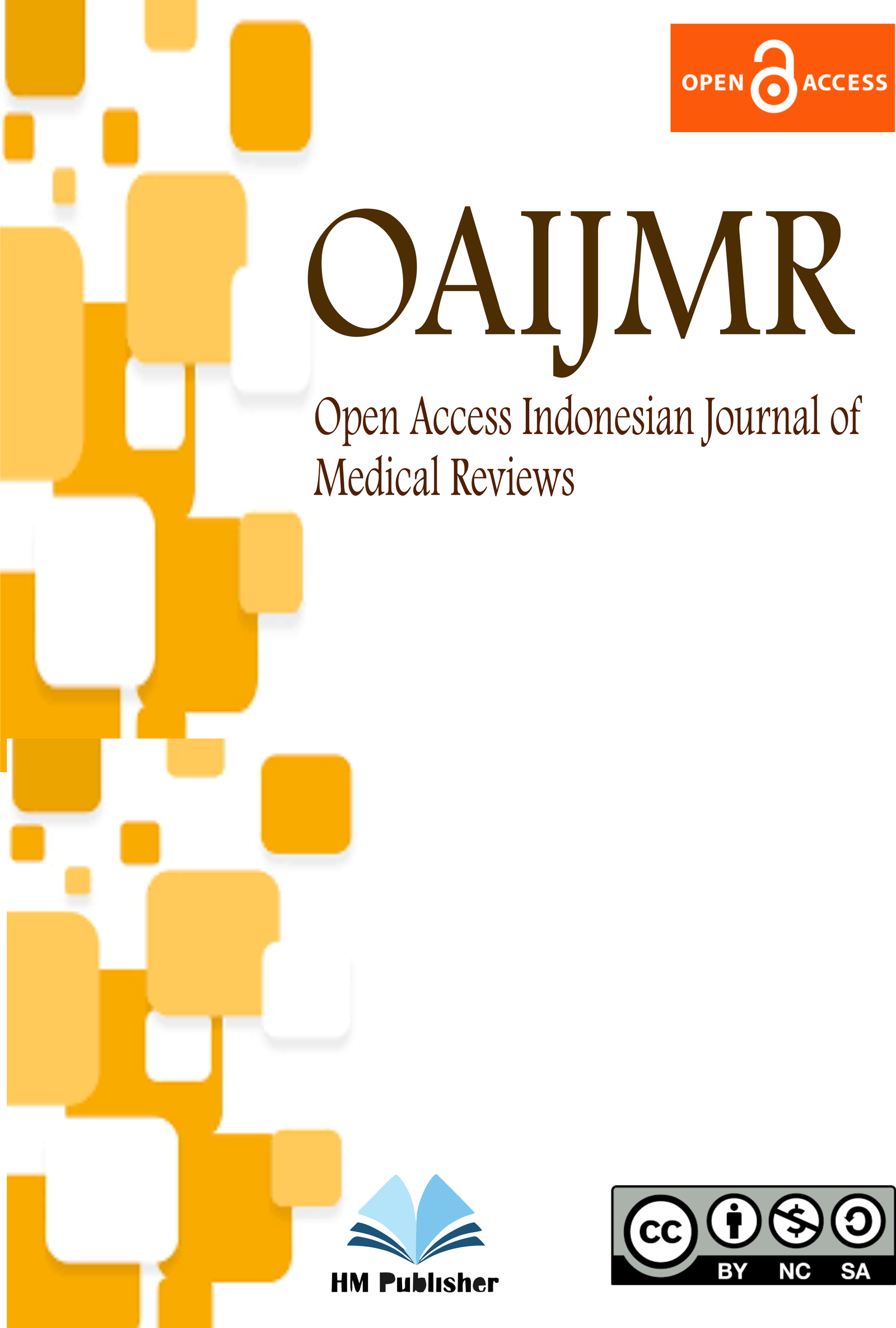Main Article Content
Abstract
Diabetic macular edema (DME) is a leading cause of vision impairment in diabetic patients. Intravitreal anti-vascular endothelial growth factor (anti-VEGF) therapy is the standard first-line treatment, but response variability exists. Systemic glycemic control, measured by Hemoglobin A1c (HbA1c), is crucial in diabetes management, yet its specific impact on long-term anti-VEGF outcomes in DME requires synthesized evidence from real-world settings. This meta-analysis aimed to evaluate the association between baseline HbA1c levels and long-term (≥12 months) visual and anatomical outcomes following anti-VEGF therapy for DME in observational studies. A systematic literature search was conducted across PubMed, EMBASE, and Cochrane Library databases for observational studies published between January 2013 and December 2023, reporting on baseline HbA1c levels and visual acuity (VA) and/or central retinal thickness (CRT) outcomes at 12 months or longer in DME patients treated with anti-VEGF agents. Primary outcomes were the mean difference in Best-Corrected Visual Acuity (BCVA) change (ETDRS letters) and CRT reduction (microns) between patients with 'better' (HbA1c < 7.5% or lower strata) versus 'poorer' (HbA1c ≥ 7.5% or higher strata) baseline glycemic control at ≥12 months. Heterogeneity was assessed using the I² statistic. Six observational cohort studies, encompassing a total of 1850 patients, met the inclusion criteria. Follow-up durations ranged from 12 to 36 months. The quality assessment indicated moderate-to-high quality across the studies (NOS scores 6-8). Meta-analysis indicated that patients with better baseline glycemic control (HbA1c < 7.5%) achieved significantly greater improvement in BCVA compared to those with poorer control (HbA1c ≥ 7.5%) at ≥12 months (Weighted Mean Difference [WMD]: 4.82 ETDRS letters; 95% Confidence Interval [CI]: 2.95 to 6.69; P < 0.0001). Significant heterogeneity was observed (I² = 68%). Similarly, patients with better baseline HbA1c showed a trend towards greater CRT reduction, although the difference was not statistically significant (WMD: -25.5 µm; 95% CI: -55.2 to 4.2; P = 0.09; I² = 75%). Subgroup analyses suggested the association was consistent across different anti-VEGF agents used. In Conclusion, this meta-analysis of observational data suggests that better baseline glycemic control (lower HbA1c levels) is significantly associated with superior long-term visual acuity gains following anti-VEGF therapy for DME. While a similar trend was observed for anatomical improvement (CRT reduction), it did not reach statistical significance. These findings highlight the critical importance of optimizing systemic glycemic control alongside local anti-VEGF treatment to maximize long-term visual outcomes in patients with DME.
Keywords
Article Details
Open Access Indonesian Journal of Medical Reviews (OAIJMR) allow the author(s) to hold the copyright without restrictions and allow the author(s) to retain publishing rights without restrictions, also the owner of the commercial rights to the article is the author.





